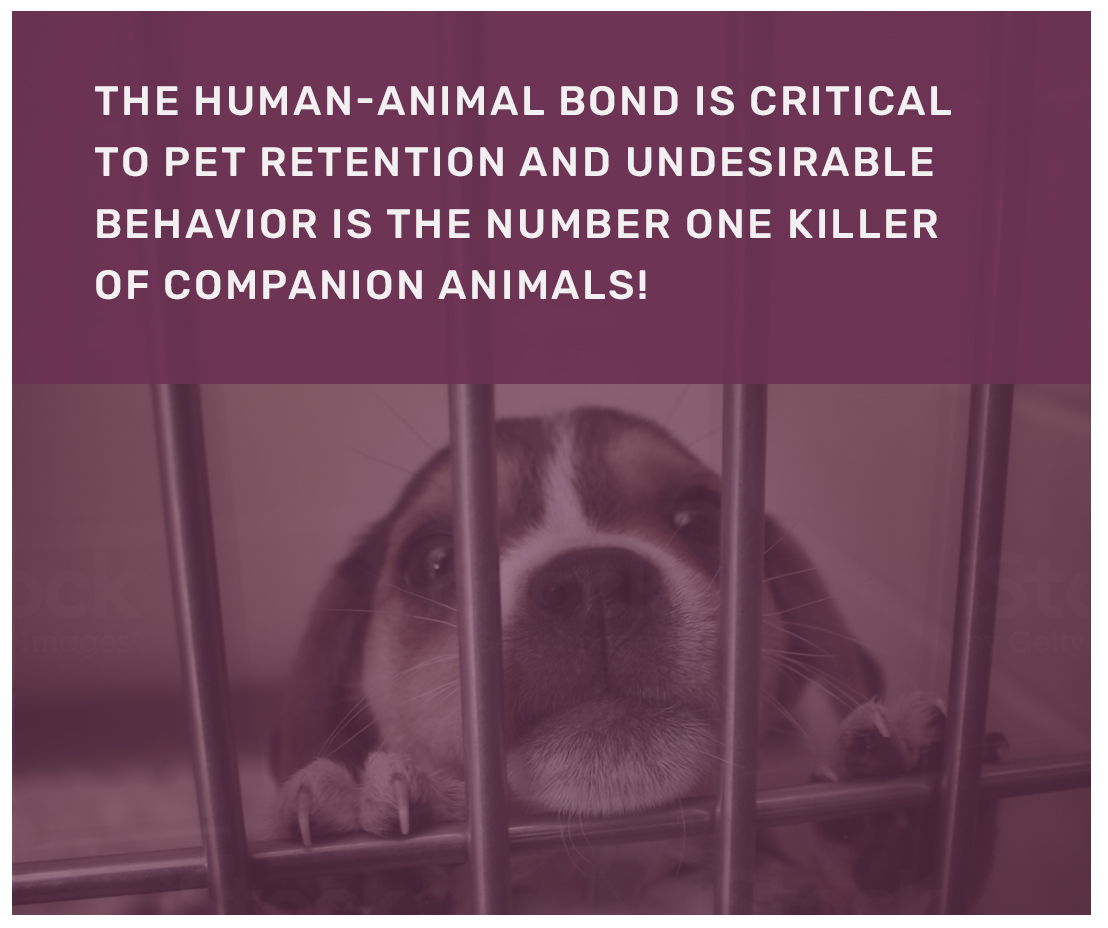Page8
Step 3 – EDUCATE
Educating your clients and engaging them in the behavior discussion can profoundly change the interactions the pet owner and you have with that pet over its lifetime.
- Discuss with the pet owner what normal behavior and body language should be for their pet. You will learn this later in the module.
- Discuss with the pet owner what their expectations are of owning this pet.
- Discuss with the pet owner opportunities for socialization and positive reinforcement of their new pet which will help prevent unwanted or problem behaviors. These will be covered in future CE modules.
Step 4 – PREVENT
The best way to prevent behavior problems is to educate clients about normal pet behavior and ask questions that will reveal issues of concern early, which increases the likelihood of successful intervention and management.
Remember that incorporating low stress handling or Fear FreeTM techniques into your hospital helps make the pet and owner feel more comfortable during the veterinary visit. This increases the chances of that pet returning to receive the care it needs over its lifetime.
Step 5 – INTERVENE
Recognize when a patient may need veterinary intervention or a referral to a veterinary behaviorist.
- Abnormal or excessive behavior
- Significant damage to the HAB, as indicated by calling the pet stupid, mean, or spiteful or by falling back to punishing the undesired behavior.
- Welfare of the pet or pet owner is compromised
- Profound fear, anxiety or phobia
- Aggression
The human-animal bond is critical to pet retention and undesirable behavior is the number one killer of companion animals!


